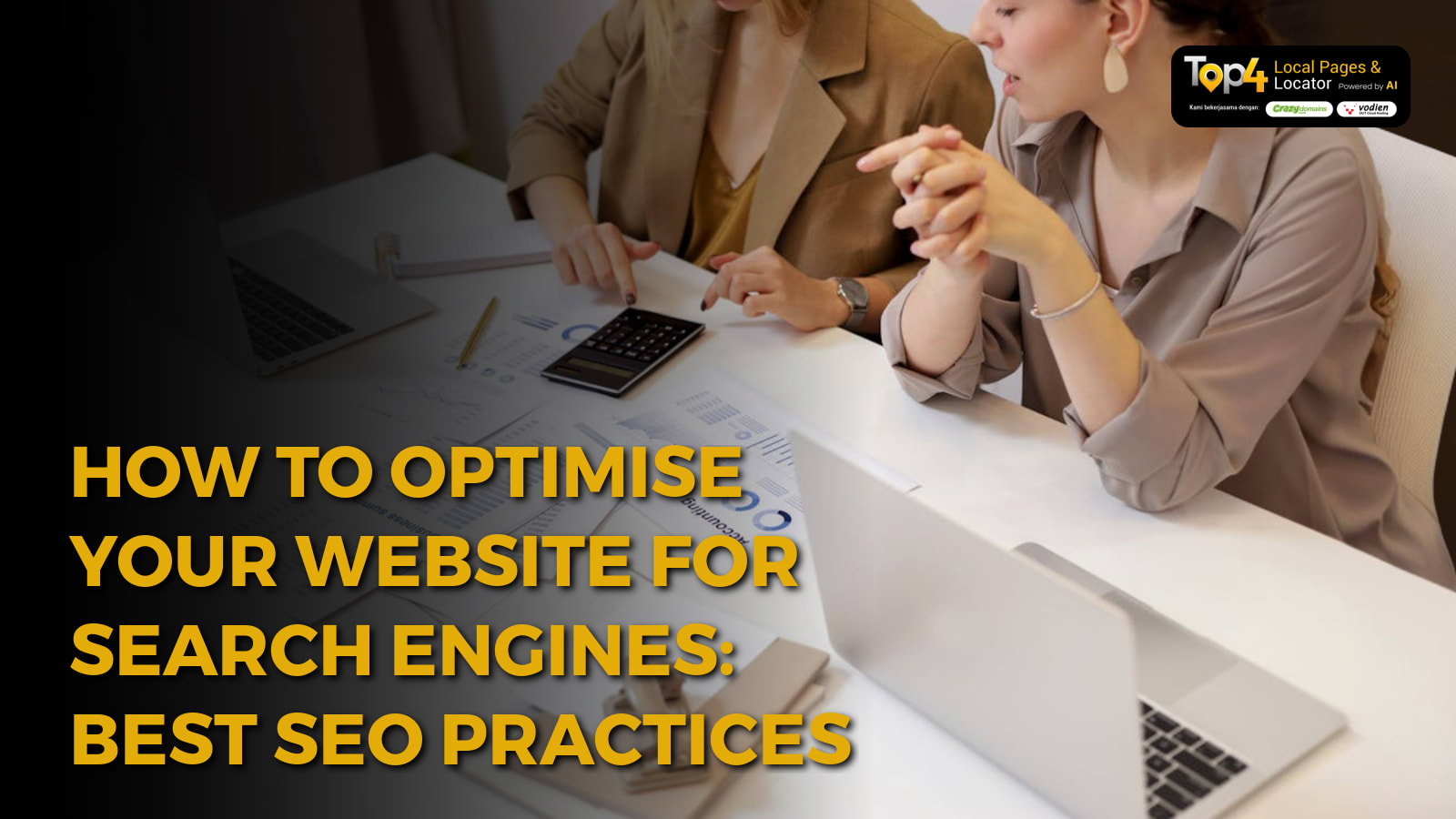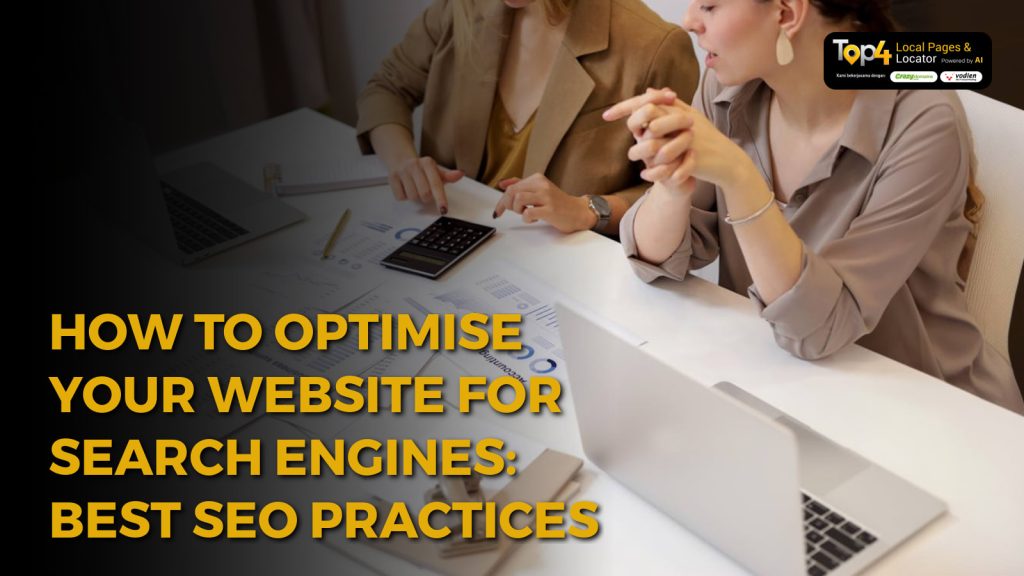
Is your website not getting the attention it deserves from search engines? You’re not alone. Many businesses and franchises struggle to make their content visible online. Even with top-quality content, your website might not appear on the first page of Google search results. Why? Because content optimization and SEO best practices are more critical than ever. In today's digital landscape, simply having a website is not enough. To stand out, you need to make your content more search engine friendly. This guide to making content more search engine friendly will provide you with the best practices for content SEO optimization and effective techniques to improve content search engine rankings.
Understanding Content Optimisation and Its Importance
Content optimization is the process of ensuring that your website’s content is written in a way that it reaches the largest possible target audience. It involves strategic placement of keywords, enhancing the quality and relevance of the content, and structuring it so that search engines can easily crawl and index it. When your content is optimised for search engines, it is more likely to rank higher on search engine results pages (SERPs), which means more visibility and, ultimately, more traffic.
Search engines, especially Google, constantly update their algorithms to provide users with the most relevant and valuable results. Therefore, SEO best practices must be followed to ensure your website keeps up with these changes. By optimising your content, you align it with search engine preferences, making it easier for your target audience to find you online.
SEO Best Practices for Content Optimisation
Applying SEO best practices is essential for improving your content's visibility. Here are some key techniques to enhance SEO performance:
1. Keyword Research and Integration
One of the foundational steps in content optimization is keyword research. This involves identifying the words and phrases that your target audience is likely to use when searching for products or services like yours. Once you have a list of keywords, integrate them naturally into your content. The goal is to make the content search engine friendly without compromising readability or user experience.
For instance, incorporating long-tail keywords such as "best practices for content SEO optimization" or "techniques to improve content search engine rankings" can help your content target specific search queries more effectively. Avoid keyword stuffing, as it can lead to penalties from search engines.
2. Crafting High-Quality Content
High-quality content is the cornerstone of effective SEO. Search engines prioritise content that is informative, engaging, and valuable to users. To make your content more search engine friendly, focus on creating comprehensive and original articles that address your audience’s needs.
Ensure that your content is well-structured, with clear headings, bullet points, and short paragraphs to improve readability. Additionally, using transition words helps guide the reader through your content smoothly, enhancing the overall user experience.
3. Optimising Meta Tags and Descriptions
Meta tags, including the title tag and meta description, play a crucial role in SEO. These elements provide search engines with information about the content of your page. Crafting a compelling title tag that includes your primary keyword can significantly impact your search engine rankings.
Similarly, a well-written meta description can increase click-through rates from search engine results pages. It should be concise, engaging, and include relevant keywords to entice users to visit your site.
4. Enhancing Mobile-Friendliness
With the growing number of mobile users, ensuring your website is mobile-friendly is essential for SEO. Google’s mobile-first indexing means that the mobile version of your website is considered the primary version. Therefore, optimising your content for mobile devices is no longer optional.
Make sure your website design is responsive, and the content is easily accessible on smaller screens. This includes using larger fonts, clear call-to-action buttons, and optimising images to reduce loading times.
5. Improving Page Load Speed
Page load speed is another critical factor in SEO. Slow-loading pages can lead to high bounce rates, which negatively impacts your search engine rankings. To optimise your content and improve SEO performance, focus on enhancing your website’s load speed.
Compress images, leverage browser caching, and minimise the use of JavaScript to ensure your pages load quickly. A fast website not only improves user experience but also signals to search engines that your site is well-optimised.
6. Leveraging Internal and External Links
Internal and external links are vital for SEO. Internal links help search engines understand the structure of your website and can guide users to relevant content within your site. Use internal links strategically to connect related content and enhance the user experience.
External links, on the other hand, point to reputable sources outside your website. Linking to high-authority websites can increase the credibility of your content and improve its search engine rankings. However, ensure that external links are relevant and add value to your content.
7. Top4 Platform: Boost Your Local Visibility
In addition to general SEO techniques, businesses targeting local audiences can benefit from leveraging platforms like Top4. Top4 is a local advertising platform that helps businesses enhance their online visibility, particularly in local searches. It offers an all-in-one solution with features such as AI-powered local page creation, review management, social media integration, and analytics. By utilising Top4, businesses can get found on Google, attract local leads, and drive traffic through dedicated "near me" websites, ultimately making it easier for potential customers to discover their services.
Conclusion: Implementing SEO Best Practices for Long-Term Success
In conclusion, optimising your content for search engines is a continuous process that requires attention to detail and adherence to SEO best practices. By focusing on content optimization, you can improve your website’s visibility, attract more traffic, and ultimately, increase conversions.
Remember, the techniques to improve content search engine rankings mentioned in this article are not one-time tasks. Regularly update your content, stay informed about the latest SEO trends, and continually refine your strategies to stay ahead in the competitive digital landscape. Optimising content to enhance SEO performance is key to ensuring your business thrives online.
If you're looking for professional guidance on how to optimise your website for search engines, our team at Top4 Online can help. Visit our website at https://www.top4.online to learn more about our services and how we can assist you in making your content more search engine friendly. Additionally, check out our latest insights at Top4 Insights to stay updated on the best practices for content SEO optimization.
To find out how we can help you with your Website + Marketing, using our unique location marketing platform called Top4 (Top4.online), get in touch today at www.top4marketing.com
AI-powered local pages for local marketing
Looking to build customer loyalty through social media? Don’t forget to add your business to Top4.online
Add your business, create your own digital store to sell goods and services, and share posts on social media. Promote your business on Google instantly! Should you need help with local digital marketing then view our new Google Marketing Platform and services Top4 Marketing
Get Found On Google, Promote Your Website, Get More Leads!
Our Digital Marketing Agency Services Across All Industries Include Search Engine Optimisation (SEO), Google Marketing, Website Design, Corporate Web Development, and local location-based marketing using our own Google Marketing Platform!

